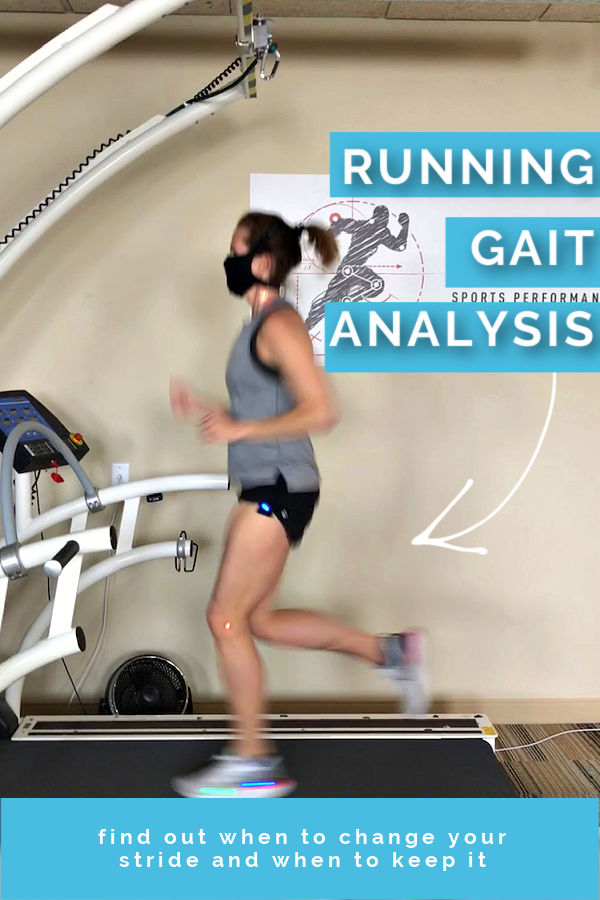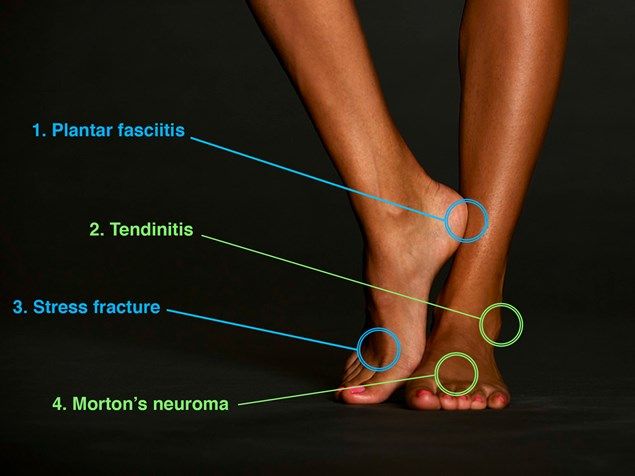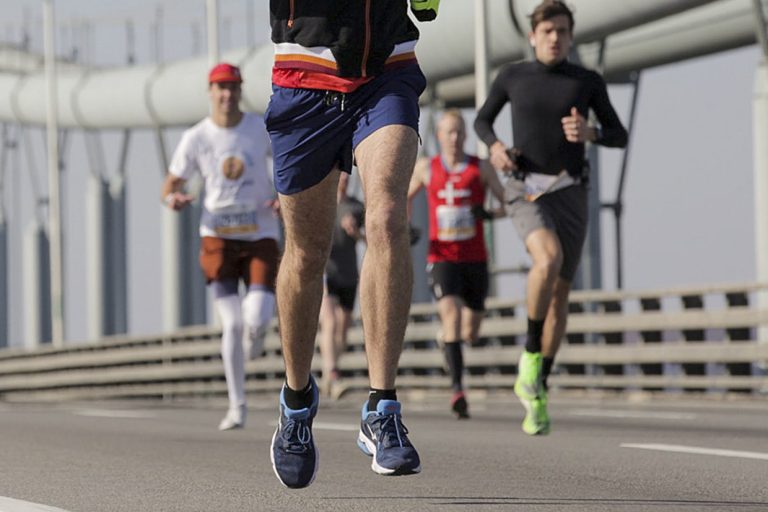Stride Analysis Your Stride Is A Running Fingerprint
Uncovering unique characteristics in your running pattern through stride analysis can provide valuable insights. Your stride is like a running fingerprint, personalized and distinctive.
Each step you take reflects your body’s mechanics, strengths, weaknesses, and overall running efficiency. By analyzing your stride, experts can identify areas for improvement, such as technique adjustments or strength training needs. Understanding your unique stride can help enhance performance, prevent injuries, and optimize your training regimen.
Embracing your running fingerprint can lead to more efficient and enjoyable runs, tailored to your individual needs and goals.
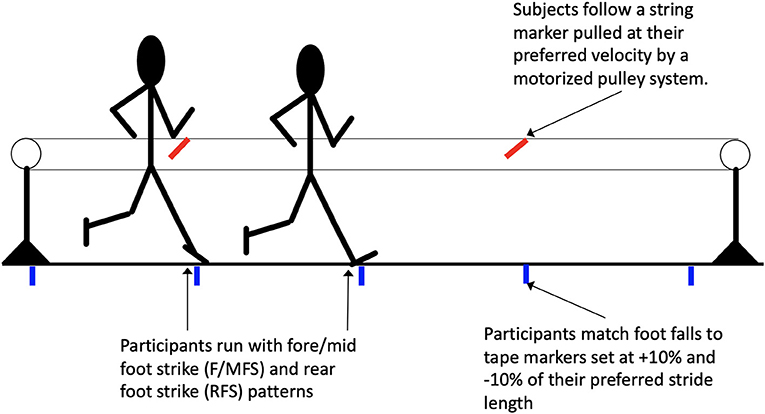
Credit: www.frontiersin.org
What Is Stride Analysis?
What is Stride Analysis?
Stride analysis is a method used to study the way a person runs by examining their stride length, frequency, and foot strike pattern. It involves collecting and analyzing data about a runner’s gait in order to identify any inefficiencies or imbalances that may be causing pain or limiting performance.
Analysis Of Running Stride
Running stride analysis involves using various techniques such as video recording, pressure sensors, or motion capture technology to gather information about a runner’s movement patterns. This data is then analyzed to assess the alignment, timing, and force distribution of each step, providing valuable insights into the biomechanics of running.
Importance Of Stride Analysis
- Preventing injuries by identifying potential issues in running form
- Improving running efficiency and performance through gait optimization
- Customizing footwear and orthotics to better support individual stride dynamics
- Enhancing rehabilitation programs for runners recovering from injuries
- Providing valuable feedback for coaches and trainers to tailor training programs
How Stride Analysis Works
Understanding how Stride Analysis works can provide valuable insights into your running form and performance. By examining key aspects of your stride through video recording, measurements, and data analysis, experts can identify areas for improvement and help you optimize your running technique.
Video Recording
Video recording is a crucial component of Stride Analysis. High-speed cameras capture your running stride from multiple angles, allowing analysts to evaluate factors such as stride length, cadence, foot strike, and hip alignment in detail.
Measurements And Data Analysis
Measurements and data analysis involve extracting specific metrics from the video footage, such as ground contact time, vertical oscillation, and pronation. These measurements are then analyzed to identify patterns, deviations, and areas of inefficiency in your running gait.
Benefits Of Stride Analysis
Understanding the benefits of stride analysis can significantly enhance your running performance and overall well-being. By delving into the intricacies of your running gait, you can unlock the secrets to improving performance and preventing injuries.
Improving Performance
Stride analysis helps optimize your running form, leading to enhanced speed, efficiency, and endurance.
- Identify and correct any inefficiencies in your running technique.
- Target specific areas for improvement to boost your overall performance.
- Customize your training plan based on individual gait patterns for better results.
Preventing Injuries
By understanding your unique running gait through stride analysis, you can reduce the risk of injuries and maintain a healthy running routine.
- Identify potential biomechanical issues that may lead to injuries.
- Receive personalized recommendations to address weaknesses and imbalances.
- Adjust your running mechanics to prevent overuse injuries and strains.
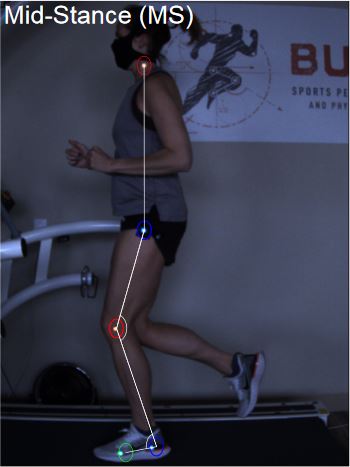
Credit: www.runtothefinish.com
Common Issues Detected By Stride Analysis
If you’re an avid runner, you know the importance of maintaining an efficient stride. A proper stride can enhance performance, reduce the risk of injury, and optimize energy expenditure. This is where stride analysis plays a crucial role. By assessing your individual gait patterns, common issues can be identified and addressed to improve your running experience. Below are some key issues that are frequently detected through stride analysis:
Overstriding
Overstriding occurs when a runner’s stride length is excessively long, resulting in a heel-first foot strike. This can lead to increased impact forces on the legs and lower back, potentially leading to injuries such as shin splints, knee pain, and stress fractures. Identifying and correcting overstriding through stride analysis can help improve running efficiency and reduce the likelihood of these injuries.
Imbalanced Stride
An imbalanced stride refers to an irregular distribution of weight and pressure from one foot to the other during the running gait cycle. This imbalance can stem from differences in leg length, muscle strength disparity, or asymmetrical movement patterns. Through stride analysis, these imbalances can be pinpointed, allowing for targeted exercises and adjustments to promote a more symmetrical and efficient stride.
Utilizing Stride Analysis For Training And Rehabilitation
Utilizing Stride Analysis for Training and Rehabilitation is a game-changer in the world of running. By analyzing the unique characteristics of an individual’s stride, we can gain valuable insights into their running mechanics and form. This information can be used to develop customized training plans and rehabilitation programs that are tailored to address specific weaknesses and areas of improvement. Let’s take a closer look at how stride analysis can be effectively utilized for training and rehabilitation.
Customized Training Plans
One of the key benefits of stride analysis is the ability to create customized training plans that are designed to maximize an individual’s performance. By analyzing elements such as stride length, cadence, and foot strike pattern, we can identify areas of improvement and optimize training techniques. For example, if an athlete has a shorter stride length, we can focus on exercises and drills that help increase their range of motion and stride length. Similarly, if an athlete tends to overstride, we can work on improving their cadence and foot placement to reduce the risk of injuries. These customized training plans ensure that every runner gets the individual attention they need to reach their full potential.
Rehabilitation Programs
Stride analysis plays a crucial role in the rehabilitation of runners who have suffered from injuries or are recovering from surgeries. By analyzing the biomechanics of their stride, we can identify any imbalances, weaknesses, or compensatory movements that contributed to the injury. This information helps us design rehabilitation programs that target these specific issues through exercises and techniques aimed at improving strength, flexibility, and overall running mechanics. Whether it’s a knee injury, shin splints, or plantar fasciitis, stride analysis enables us to develop targeted rehabilitation programs that accelerate the healing process and prevent future injuries.
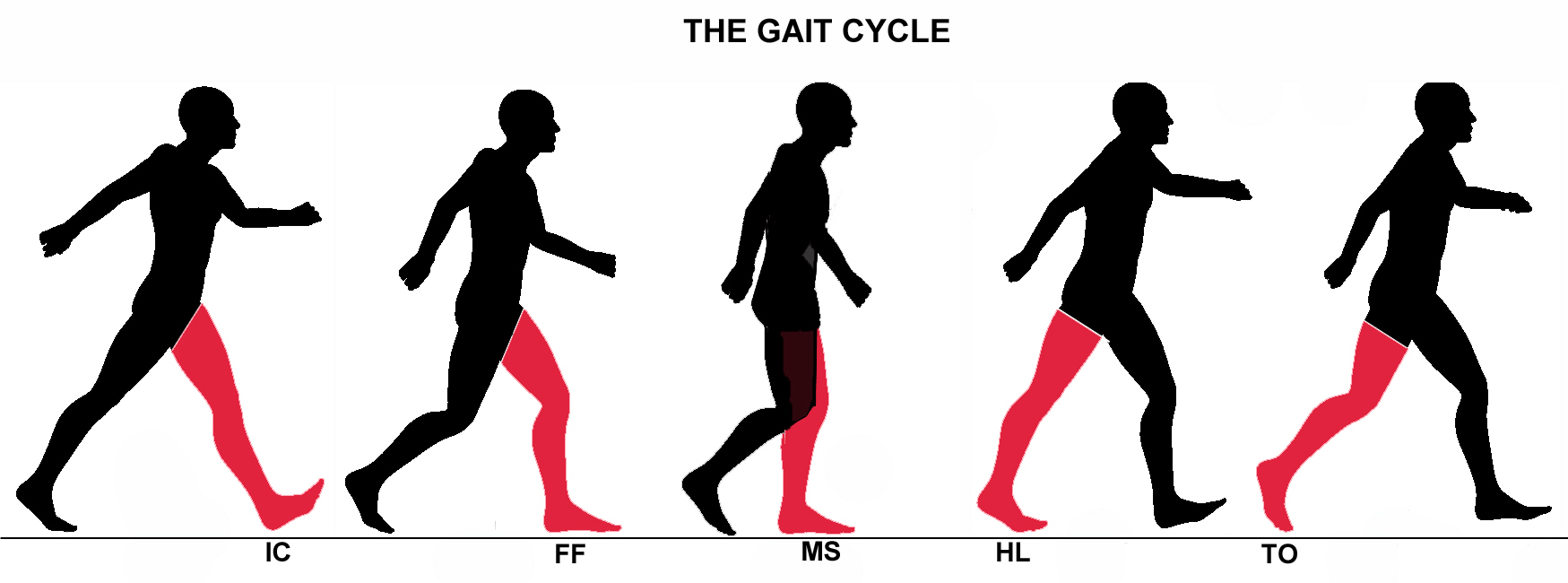
Credit: www.footbionics.com
Frequently Asked Questions On Stride Analysis Your Stride Is A Running Fingerprint
What Is Stride Analysis And Why Is It Important For Runners?
Stride analysis is a crucial tool for runners to assess and improve their technique, efficiency, and prevent injuries.
How Can Stride Analysis Help In Optimizing Running Performance?
By analyzing stride, runners can identify weaknesses, make adjustments, enhance efficiency, and ultimately improve running performance.
What Are The Key Metrics To Consider In Stride Analysis?
Key metrics in stride analysis include cadence, stride length, foot strike pattern, vertical oscillation, and ground contact time. Monitoring these helps improve technique and prevent injuries.
Conclusion
In a nutshell, understanding your unique running stride through a detailed analysis can greatly improve your overall running performance and reduce the risk of injuries. A personalized approach to your stride can help you reach your full potential as a runner and make each step count.
Embrace the individuality of your stride and stride analysis to enhance your running experience.

